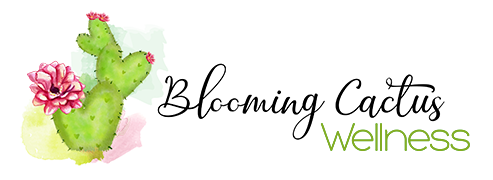Service
Mental Health
Mental illnesses are common in the United States, affecting tens of millions of people each year. Estimates suggest that only half of people with mental illnesses receive treatment.
We are ready to help you find the right treatment.
Working to Treat Your Symptoms
* we partner with multiple local therapists
Depression
A common yet serious medical illness that negatively affects how you feel,
way you think, how you act.
Insomnia
This may be associated with other medical conditions or your medications.
Sadness
Sadness varies in intensity and duration. This can turn into depression.
Anxiety
Experiencing occasional anxiety is a normal part of life. However, people with anxiety disorders require treatment.
Stress
Chronic stress can cause a variety of symptoms and affect your overall well-being.
Sleep Issues
Good sleep is necessary for optimal health and can affect hormone levels, mood & weight.
PTSD
A mental health problem that develops after experiencing or witnessing
a life-threatening event.
Anger
An emotional state that varies in intensity from mild irritation to intense fury and rage
Loss of Energy
Fatigue can be a natural result of some lifestyle choices, such as lack of exercise or poor diet.
Definition
Nearly one in five U.S. adults live with a mental illness (51.5 million in 2019). Mental illnesses include many different conditions that vary in degree of severity, ranging from mild to moderate to severe. Two broad categories can be used to describe these conditions: Any Mental Illness (AMI) and Serious Mental Illness (SMI). AMI encompasses all recognized mental illnesses. SMI is a smaller and more severe subset of AMI
In 2019, there were an estimated 51.5 million adults aged 18 or older in the USAThe prevalence of AMI was higher among females (24.5%) than males (16.3%).Young adults aged 18-25 years had the highest prevalence of AMI (29.4%) compared to adults aged 26-49 years (25.0%) and aged 50 and older (14.1%) with AMI.
The prevalence of AMI was higher among females (24.5%) than males (16.3%).
Young adults aged 18-25 years had the highest prevalence of AMI (29.4%) compared to adults aged 26-49 years (25.0%) and aged 50 and older (14.1%)
The prevalence of AMI was highest among the adults reporting two or more races (31.7%), followed by White adults (22.2%). The prevalence of AMI was lowest among Asian adults (14.4%).
Treatments
Choosing the right mix of treatments and supports that work for you is an important step in the recovery process. Treatment choices for mental health conditions will vary from person to person. Even people with the same diagnosis will have different experiences, needs, goals and objectives for treatment. There is no “one size fits all” treatment.
There are many tools that can improve the experience on the road to wellness: medication, counseling (therapy), social support and education. Therapy, for example, can take many forms, from learning relaxation skills to intensively reworking your thinking patterns. Social support, acceptance and encouragement from friends, family and others can also make a difference. Education about how to manage a mental health condition along with other medical recommendations can provide the skills and support to help you achieve wellness.
Offices
Location
7801 Academy Rd NE
Albuquerque, NM 87109
North Towne Building 2 suite 104
Healthcare Location:
Albuquerque, NM 87110
Monday to Friday: 9am – 3pm
Call us for other times: 505-730-5020
